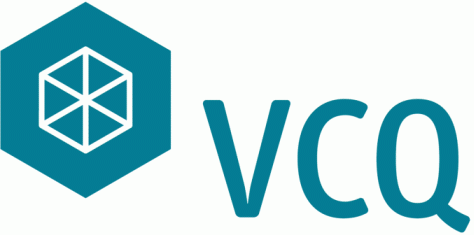Quantum Technology Can Now Forgive Mistakes
Usually, quantum physics is all about precision. Scientists at TU Wien (Vienna) have been experimenting with nitrogen atoms embedded into little diamonds. To change the quantum state of such a nitrogen atom microwave pulses are used. One can only be sure that the correct result is achieved, if the system is irradiated with precisely the right kind of microwave pulse. In practice, this is a very difficult task. Now, a recipe for a “robust” switching of quantum states has been developed. It leads to the desired final state, even if the initial condition of the system cannot be exactly known.
Promising Tool for Quantum Technology
Quantum systems which can be switched between two different states are needed for many applications. They are used to build extremely precise measurement devices, and they could even serve as the building blocks for future quantum computers. Nitrogen atoms in diamonds are a particularly interesting quantum system. Their quantum state remains stable for a relatively long period of time – at least much longer than the timescale on which the state can be switched. Therefore, they are a very good storage device for quantum information. Using microwave pulses, it is relatively easy to switch the nitrogen atoms between two different quantum states with different quantum spin.
To be absolutely sure that the atom is being switched into the correct final state, one has to know exactly which microwave pulse to use. “The simplest way is to just use constant microwave radiation for a certain period of time”, says Tobias Nöbauer from Johannes Majer’s research team at TU Wien. Determining the correct pulse duration is not easy. “Whether the system eventually reaches the final state depends on many different factors”, says Nöbauer. “The frequency of the microwave radiation, microscopic details of the sample and stray fields froim outside.” These sources of error can never be perfectly known, and this is a severe problem for quantum technology.
Intelligent Error Correction
Sometimes it is best not to choose the shortest path but the most robust one. In computer simulations, the Viennese scientists (together with Florian Mintert’s team at the Institute for Advanced Studies in Freiburg and the Imperial College in London) calculated the optimum way of combining different microwave frequencies. This combination switches the state of the nitrogen atom, even if certain external parameters are different than expected. “The quantum state goes on a somewhat more complicated journey through the space of possible quantum states. At first, it may look a bit strange, but in the end it reaches the desired final state with a high degree of certainty”, says Tobias Nöbauer. In the experiment at TU Wien, the team could show that the computer optimized pulse can indeed enhance the success rate drastically. The optimized pulse still leads to the correct final quantum state, even if it is detuned by half an octave or if it has twice the power it is supposed to have.
These error correction techniques are a bit like trying to reach the right destination with an erroneous vehicle. If a car is supposed to go north, but for some reason it deviates from it direction and tends to the right, it goes too far east and misses its destination. If the car goes twice as far, then turns back and again tends to the right, then it will move west on its way back, a part of the initial error will be compensated and the final position will be about right. Optimization of microwave pulses may be much more complicated than this, but the basic idea is similar.
Robustness and Scalability
Due to this optimized switching process, nitrogen atoms in diamond particles can now be used much more efficiently. “In a lab, in perfectly controlled surroundings, it is possible to create a microwave pulse which is absolutely right. But if we want to use this technology in everyday life, robustness is key”, says Tobias Nöbauer. “Highly precise quantum sensors are expected to function under extreme conditions and in complex surroundings, for instance in a biological sample, which can never be exactly calculated.”
Another idea is to combine large numbers of quantum systems, creating a quantum computer. This scalability can only be achieved when all sources of error are minimized. Optimal control could make nitrogen atoms in diamond an even more promising tool for tomorrow’s quantum technology.
Further inquiry note:
Dr. Johannes Majer
Atominstitut
Technische Universität Wien
Stadionalle 2, 1020 Vienna
T: +43-1-58801-141838
johannes.majer@tuwien.ac.at
Released by:
Dr. Florian Aigner
Büro für Öffentlichkeitsarbeit
Technische Universität Wien
Operngasse 11, 1040 Vienna
T: +43-1-58801-41027
florian.aigner@tuwien.ac.at
Posted: December 15th, 2015, | Comments: none



